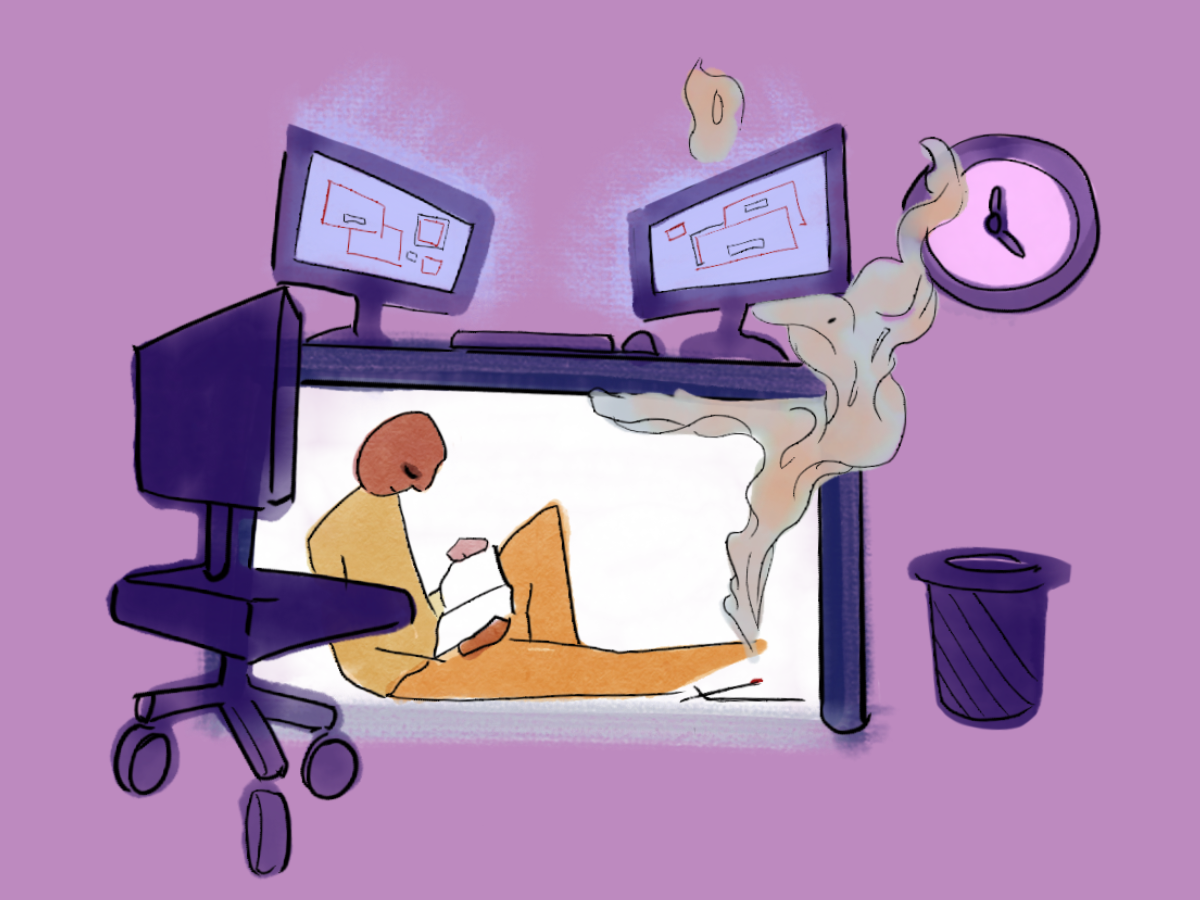There’s a reason why our best ideas occur in the shower or during our morning run
Ever felt like there just isn’t enough time in your day? For many of us, our reality is often running or maybe even sprinting between back-to-back classes, while simultaneously working and juggling assignments, emails, exams, and a cup of coffee that got cold 20 minutes ago. After a week or two of exams, too many deadlines, and just the regular stress of life, do you feel that midterm syndrome is pushing you down?
Well, you are not alone.
Everyone gets the same 24 hours in a day. There isn’t a person on Earth that gets more or less than anyone else. The key differentiator becomes who can leverage their 24 hours most appropriately. I didn’t use the word “efficiently” or “effectively” because I want to avoid the notion that packing more stuff into your day is the ultimate goal. I am actually advocating the opposite.
So how can we overcome this self-imposed frantic notion of busyness, and regain our ability to be truly productive and creative? The first step is to proactively include white space into our routines.
What is white space?
White space is dedicated time that allows you to take a mental pause from university and other commitments to let your mind travel in whatever direction it sees fit. It is perhaps one hour or two, preferably scheduled into your calendar in advance, intended to allow and sometimes force you to zoom out, reflect, relax, and refuel.
It’s like giving yourself a mental blank canvas. The more time you give yourself to stop and take a breath instead of scheduling every minute of your day, the more focused and clear-minded you will be when you are studying, writing that paper, or working.
One analogy to illustrate this is of a slow computer. If you have too many applications and programs running on your computer at once the entire system slows down. Too many files open means less efficiency. To offset this, you need to close the apps you aren’t using. This then frees up a great deal of memory.
Often, your brain is holding on to too many things, which requires it to to stay running in order to maintain those files (i.e. thoughts and to-do lists). Basically, your brain and body are constantly giving you the spinning dial or hourglass image you get on your computer when it needs time to execute an action. Following this analogy, the goal is to close down unused files, and then collapse and condense the remaining ones we still need to use. By doing so, you free up space in your operating system which allows for more creativity, problem-solving, and overall efficiency.
It’s easier to describe white space by what it isn’t. White space is not time to create to-do lists, work on your assignment or finish that pending email.
The general idea of white space is to zone out and reconnect but it is really up to you. A few ideas to get you started: going for a walk around the block, free drawing with no specific objective, automatic writing, and meditation.
Create your own white space
The next time your mind starts buzzing and you realize that you haven’t had a second to stop and take a breath in your day, free up space in your operating system with these four easy steps:
Step 1: Do an audit of how you are currently spending your time
Step 2: Take control of your calendar and schedule your white space in advance if possible
Step 3: Find activities that work for you
Step 4: Guard and protect white space
Alright, the ball is in your court now. You’ve got the basics. What are you going to do with them?
Is this going to be another strategy you file away under “good ideas to try later,” or are you truly committed to making a difference?
Feature graphic by James Fay




